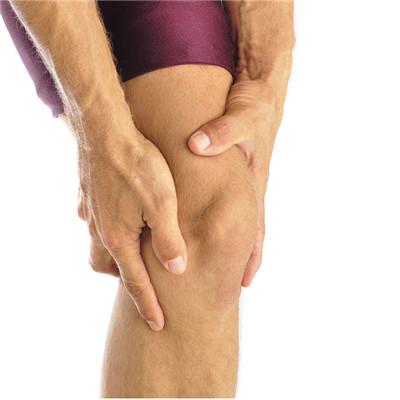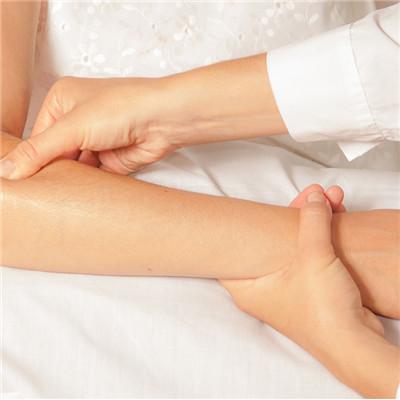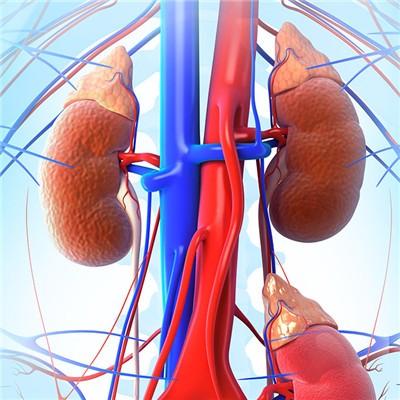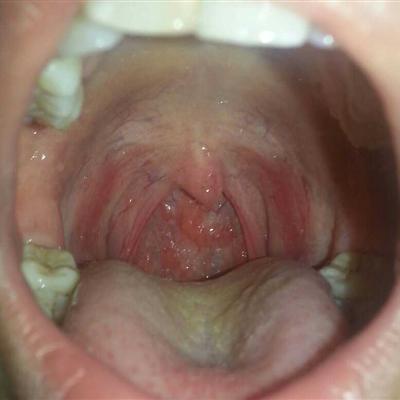Should venous thrombosis of lower limbs be confined to bed?
summary
Venous thrombosis of lower limbs is a common peripheral vascular disease. In order to avoid this kind of disease, female friends must take preventive measures. Venous valve insufficiency and pulmonary embolism caused by lower extremity venous thrombosis is a great danger to the labor force and life safety of patients. The most common clinical manifestations of this disease are sudden swelling of one limb, venous thrombosis of the affected lower limb, local pain, aggravation when walking, and local heaviness when standing. Now let's understand the symptoms of bed rest in patients with lower extremity venous thrombosis.
Should venous thrombosis of lower limbs be confined to bed?
First: swelling of the affected limb, which is the most common symptom after venous thrombosis of the lower limb, is characterized by high tissue tension and non depressed edema. The skin color is reddish and the skin temperature is higher than that of the healthy side. When the swelling is serious, blisters may appear on the skin. The swelling sites were different with the different thrombus sites. In patients with iliofemoral vein thrombosis, the whole affected limb swelled obviously; In patients with venous thrombosis of the calf, the swelling was limited to the calf; In patients with inferior vena cava thrombosis, swelling of both legs occurred. If the thrombus starts from iliofemoral vein, the thigh swelling will appear in the early stage.

Second, there are two main causes of pain and tenderness: ① thrombus causes inflammatory reaction in the vein, causing persistent pain in the affected limb. ② The thrombus blocked the vein, blocked the venous return of the lower extremity, distended the affected limb and aggravated the pain when standing. Tenderness is mainly confined to the site of inflammatory reaction caused by venous thrombosis, such as femoral vein or leg. The tenderness of calf gastrocnemius is also called positive Homans sign. Due to the risk of thrombus falling off by squeezing the leg, the force should not be too large.

Third: superficial varicose vein is a compensatory reaction. When the main vein is blocked, the venous blood of the lower extremity flows back through the superficial vein, and the superficial vein expands compensatory. Therefore, the superficial varicose vein is not obvious in the acute stage, which is a manifestation of the sequelae of lower extremity venous thrombosis.

matters needing attention
It is a kind of emergency situation. Emergency operation is needed to remove the thrombus in order to save the affected limb.














